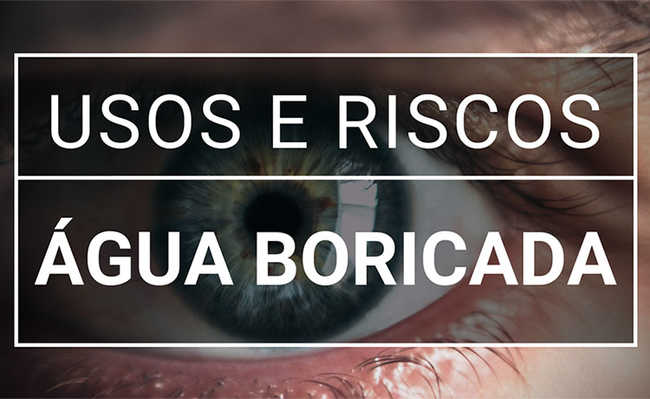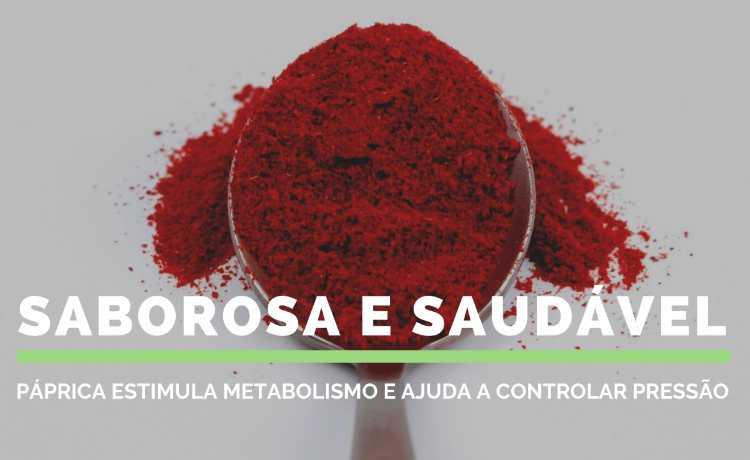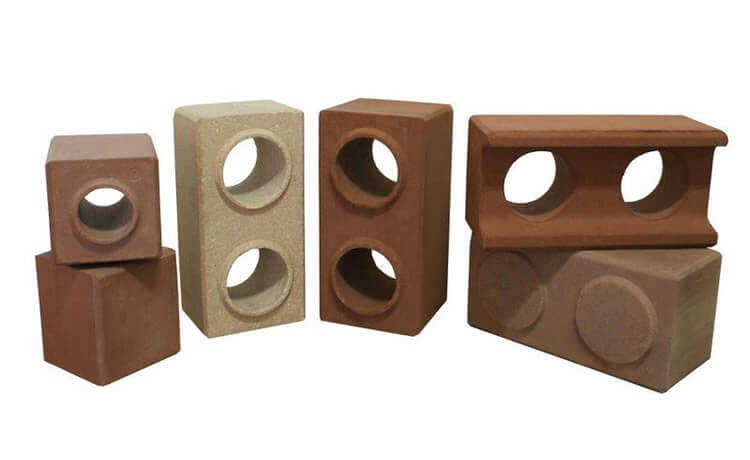Get to know hyperhidrosis, which has treatment
Hyperhidrosis is excessive sweating of some parts of the body and has many causes and treatments.

Image: Hans Reniers in Unsplash
Hyperhidrosis is a condition that causes excessive sweating. Sweating is a natural response to conditions such as hot weather, physical activity, stress, fear or anger. However, the person who has hyperhidrosis sweats a lot more than most people - and for no apparent reason.
The cause depends on the type of hyperhidrosis. Hyperhidrosis can occur in unusual situations, such as in a colder climate or without any common reason. It can also be caused by other medical conditions such as menopause or hyperthyroidism.
- Hyperthyroidism: what it is, symptoms and treatment
- Essential Oils: Alternatives in Natural Menopause Treatment
- Hyperthyroidism and hypothyroidism: what's the difference?
- Hypothyroidism: what it is, symptoms and treatment
Hyperhidrosis causes discomfort and, in some cases, even psychological problems. However, there are several types of treatment for hyperhidrosis.
Types and Causes of Hyperhidrosis
Primary focal hyperhidrosis
In focal or primary hyperhidrosis, sweating occurs mainly on the feet, hands, face, head and armpits. It usually starts in childhood. About 30 to 50 percent of people with this type of hyperhidrosis have a family history of excessive sweating.
Secondary generalized hyperhidrosis
In generalized, or secondary, hyperhidrosis, excessive sweating is caused by a medical condition or the side effect of certain medications. It usually starts in adulthood. This type of hyperhidrosis causes a person to sweat all over the body or just a specific area, including during sleep.
The causes of secondary hyperhidrosis can be:
- Heart disease;
- Cancer;
- Adrenal gland disorders;
- Brain stroke;
- Hyperthyroidism;
- Menopause;
- Spinal cord injuries;
- Lung disease;
- Parkinson's disease;
- Infectious diseases such as tuberculosis or HIV.
Several types of medications can also cause hyperhidrosis. In many cases, sweating is a rare side effect that most people don't experience. However, hyperhidrosis is a common side effect of some antidepressants, such as:
- Desipramine
- Nortriptyline (pamelor)
- Protriptyline
People taking pilocarpine for dry mouth or zinc as a mineral dietary supplement may also suffer from hyperhidrosis.
Hyperhidrosis symptoms
The symptoms of hyperhidrosis are usually:
- Excessive sweating for at least six months for no apparent reason;
- Excessive sweating at least once a week;
- Excess sweating affects daily activities (such as work, relationships and cultural activities);
- Family history of hyperhidrosis.
These symptoms may indicate that the person has primary hyperhidrosis. If excessive sweating occurs in a specific area, it may indicate secondary hyperhidrosis.
Heads up
Hyperhidrosis can be one of the symptoms of serious illnesses. See a doctor or doctor urgently if you have the following symptoms:
- Excess sweating and weight loss;
- Excess sweating that occurs mainly during sleep;
- Excessive sweating that occurs with fever, chest pain, shortness of breath, and rapid heartbeat;
- Sweating and chest pain, or a feeling of pressure in the chest;
- Excessive sweating prolonged and for no apparent reason.
Diagnosis
To diagnose hyperhidrosis, the doctor or doctor will ask questions about sweating, how, when and where it occurs; and/or will have tests such as blood and urine tests. In addition, a starch and iodine test can be done, which consists of adding iodine, waiting to dry and sprinkling starch on the sweaty area. If the starch turns dark blue, it means the person has hyperhidrosis.
Hyperhidrosis treatment
Specialized antiperspirant
Antiperspirants containing aluminum chloride are usually indicated as treatment for axillary hyperhidrosis. However, the use of this substance is controversial. Understand this theme better in the articles: "Learn about the components of deodorant and its effects" and "Antiperspirant obstructs glands, but its relationship with diseases is not conclusive".
Ionotherapy
In this procedure, a device is used that provides low-level electrical currents while the person who has hyperhidrosis is submerged in water. The currents reach the hands, feet or armpits and temporarily block the sweat glands (the glands responsible for sweating).
Anticholinergic drugs
Anticholinergic drugs can provide relief from generalized hyperhidrosis. These drugs, such as glycopyrrolate (Robinul), prevent the action of acetylcholine. Acetylcholine is a chemical the body produces to stimulate the sweat glands. This type of drug takes about two weeks to take effect and may have side effects such as constipation and dizziness.
Botox (botulinum toxin)
Botox injections can be used to treat severe hyperhidrosis. Botox blocks the nerves that stimulate the sweat glands. But it usually takes several injections to make the treatment of hyperhidrosis effective.
Surgery for axillary hyperhidrosis
If the symptoms of hyperhidrosis are located only in the armpit, surgery may be the solution. The procedure involves removing the sweat glands. Another option is to perform an endoscopic thoracic sympathectomy, which is the cutting of the nerves that carry messages to the sweat glands.
How to end hyperhidrosis
Ending hyperhidrosis is not simple, but you can take some steps to reduce discomfort:
- Use antiperspirants on the affected area;
- Always wash the affected areas to prevent bacterial growth (but beware of excess water on the skin as it can affect its natural balance);
- Wear shoes and socks made from natural materials;
- Let your feet breathe;
- Change socks often.










